Confused about your insurance for Orthodontics ? you are not alone
Here is an attempt to simplify it
-Orthodontic treatment is nearly always a lifetime benefit and does not renew yearly. It is usually separate from the dental benefit but may include some oral surgery procedures.
-The orthodontic insurance benefit is commonly a set dollar amount with a percentage. The insurance will pay for the % of treatment up to the lifetime maximum dollar amount whichever is less. For example if your benefit is $1500 at 50% and your treatment fee is $400 it will pay 50% or $200. But if your treatment is $3000 or more, no matter how high the fee, the maximum you will receive is $1500.
-Nearly all insurance companies will make an initial payment when the appliances are placed then make payments over the length of treatment. They do this because the adjustment visits are not performed all at once. This means that if you lose or cancel your insurance before treatment is finished you may lose a portion of your benefit. Always check with your provider before canceling your insurance.
-Also some orthodontic benefits have a longer waiting period. So although you may have met the wait period for general dental benefits you may have to wait 6-12months longer before your orthodontic insurance benefit will begin making payments.
-If you have two orthodontic insurances, there is a coordination of benefits that has to be checked to see how the benefits will work together. Usually the birthday rule applies meaning whoever’s birthday is first in the year not which is older. If you are lucky they will coordinate and you will get the full benefit from both insurance companies.
-The complete cost of braces generally isn’t covered, but having a portion of it covered or discounted can make treatment more affordable. Even if your insurance doesn’t cover treatment, you can often use funds from your flexible spending account (FSA) or health savings account (HSA) to cover the payments. These accounts are funded by you tax-free and you can use the money to pay for qualified medical treatment, which often includes braces or Invisalign.







